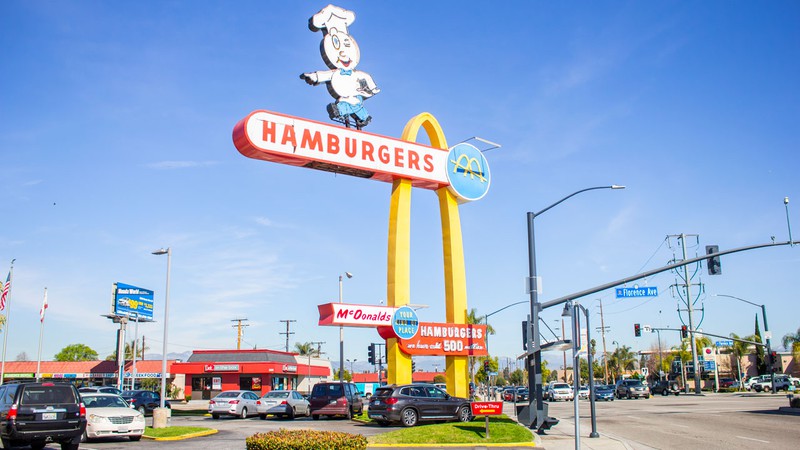
The city of Downey is home to the oldest McDonald’s restaurant still in operation. The Image Party Shutterstock.com
Californians didn’t need an explanation when Paul Giamatti appeared on Instagram at an In-N-Out, tuxedoed, with Golden Globe in hand. We didn’t ask ourselves: is this well-born actor pretending to be plebeian after having brilliantly portrayed an elitist curmudgeon in The Holdovers?
No. Everybody here knows In-N-Out burgers are very good and you have to stand in a long line to get one, generally.
In-N-Out markets itself with images of palm trees and hot rods, recalling the mythic age of the roadside burger and shake shop in the 1950s. The advertising art appeals to an ever-dwindling demographic of nostalgists. But such images represent the conditions that made the phenomenon of fast food take hold in California: here where we live in our cars, where we can stay outside most months of the year, where the kids have their own world and likely will buy their first meal for themselves at a fast-food stand.
Admittedly, nothing is ever as strictly Californian as it seems. Something as California-sounding as the surf-guitar hit “Misirlou” is actually an Armenian folk song that was first made a hit by Greek rebetiko musicians in the 1920s and later played by a red-hot Lebanese/Byelorussian guitarist who called himself Dick Dale.
Yet fast food has been a California thing for more than a century, if one starts the story back with the founding of A&W. And it’s arguably home to the most successful American fast-food franchise. McDonald’s CEO Ray Kroc built his first McDonald’s in Des Plaines, Illinois, but the McDonald brothers created their Speedee Service System in 1948 at their San Bernardino hamburger stand. In 1961 they walked away with $2.7 million, leaving Kroc to run the company that bears their name.
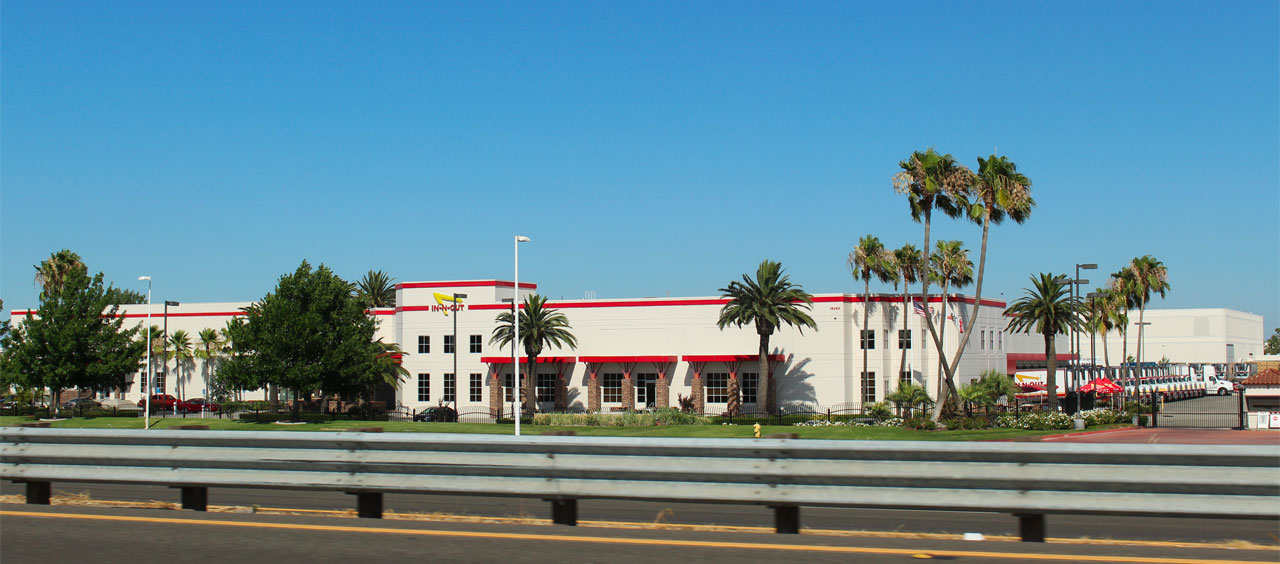
Anaheim’s Carl’s Jr. recently bought the popular Midwestern chain Hardee’s. Burger King, though begun in Florida, was started by a man from Long Beach. Jack in the Box originated in San Diego. Baskin-Robbins and Big Boy both came out of Glendale. In-N-Out Hamburgers made its success by following the McDonald’s model of 70 years ago, with a narrow menu of just a few selections, paper hats, and panopticon-style open kitchen.
The recent closure of the Oakland Airport In-N-Out because of persistent crime made news. It was because In-N-Out hasn’t closed a branch since the brand emerged. Here’s where the hamburger-laden dreams of the American 1950s meets the dysfunction of the 2020s.
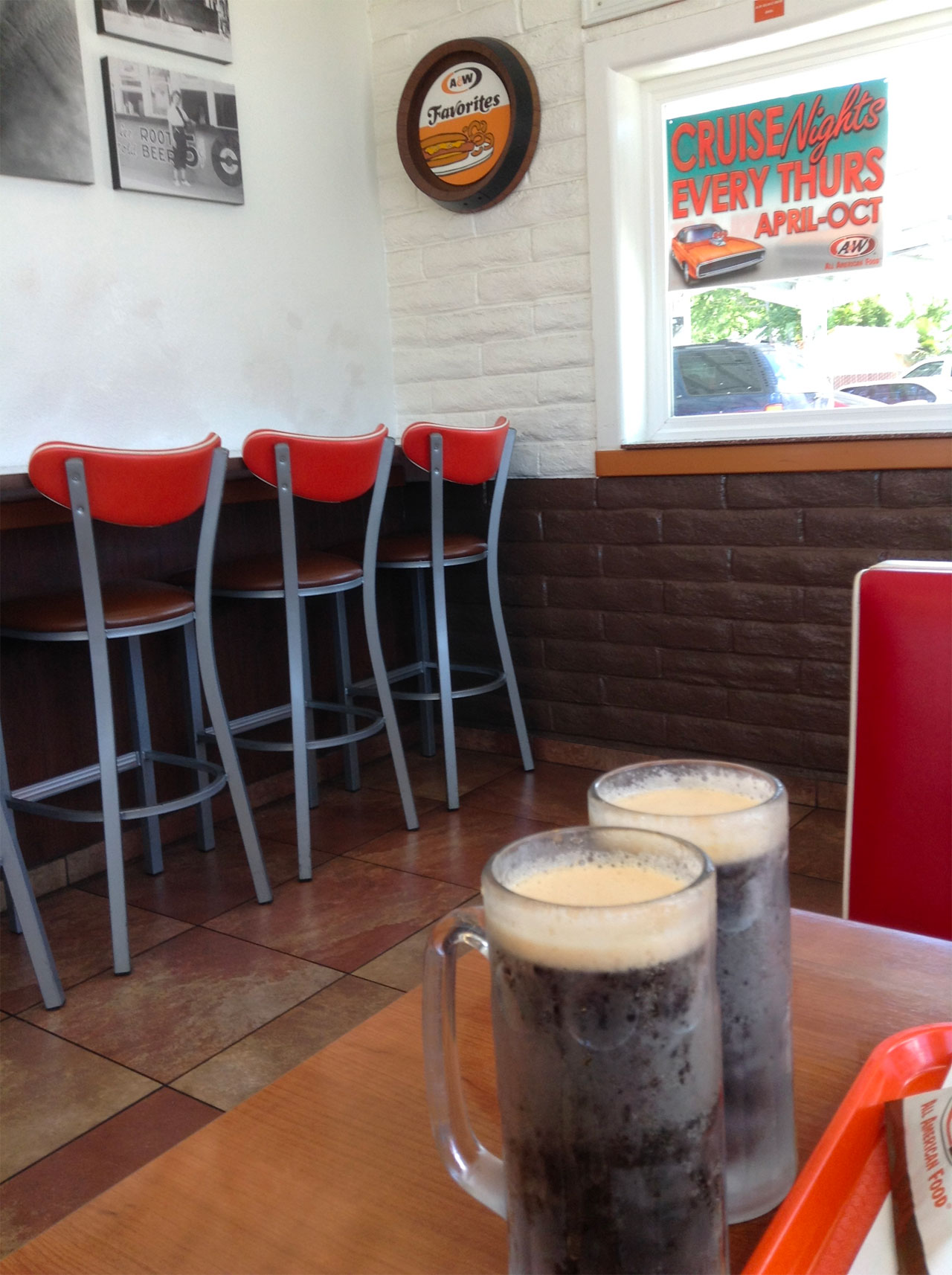
A&W Restaurants
Year founded: 1919
Original location: Lodi
Roy W. Allen and Frank Wright supplied the initials; no doubt Prohibition did its part in its success. As humorist Don Marquis said, the Volstead Act gave you something to cry in your beer about, and then it took the beer. The furnace-like heat of the San Joaquin Valley explains the necessity of a cold glass of root beer. Allen supposedly bought the sarsparilla-rich formula from a local pharmacist. A&W claims to be the first restaurant with carhops, but Kirby’s Pig Stand in Texas disputes that. It’s a custom the drive-through curtailed, although Sonic (Shawnee, Oklahoma-born) continues the carhop tradition.
Orange Julius
Year founded: 1926
Original location: Los Angeles
Satan himself tempted you on the old logo: “A devilish good drink”; the frappé of orange juice, milk and vanilla had the sweetness of the juice but none of the acidity. It was “the official drink of the 1964 World’s Fair”; its empire still exists throughout Asia, but the company was purchased by Dairy Queen (founded in Joliet, Illinois, in 1940) and now has no stand-alone stores in the US.
Carl’s Jr.
Year founded: 1941
Original location: Los Angeles
Ohio transplant Carl Karcher’s roadside hot dog and tamale stand became an international success. Today it sells hamburgers to the Hindus (or so it would seem–it’s actually chicken, mutton and veggie burgers they sell in Delhi). After building a full-sized drive-through barbecue restaurant in Anaheim, Karcher opened smaller stands which he called “Carl’s Jr.”
Karcher’s devoutness was tested to the extreme at the end of the last century when Carl’s Jr. ran a selection of carnal TV commercials that teased the guys and ooked out the women. By that point Karcher had been forced out of the company he founded. Currently, Carl’s owns Hardee’s, Red Burrito and Green Burrito, all run out of Franklin, a suburb of Nashville.
Baskin-Robbins
Year founded: 1945
Original location: Glendale
Burt Baskin and Irv Robbins founded what would be a globe-girdling chain in homely Glendale, one of the most sedate citilettes in L.A. County. It was a post-war enterprise: Robbins’ Burton’s Ice Cream merged with Baskin’s Snowbird Ice Cream in 1948, bringing the promise of one flavor of ice cream for each of the 31 days of the month. After a series of buyouts—United Fruit owned the company for a time—the brand grew to 8,000 shops all over the world. In high school, Barack Obama used to scoop at a Honolulu branch.
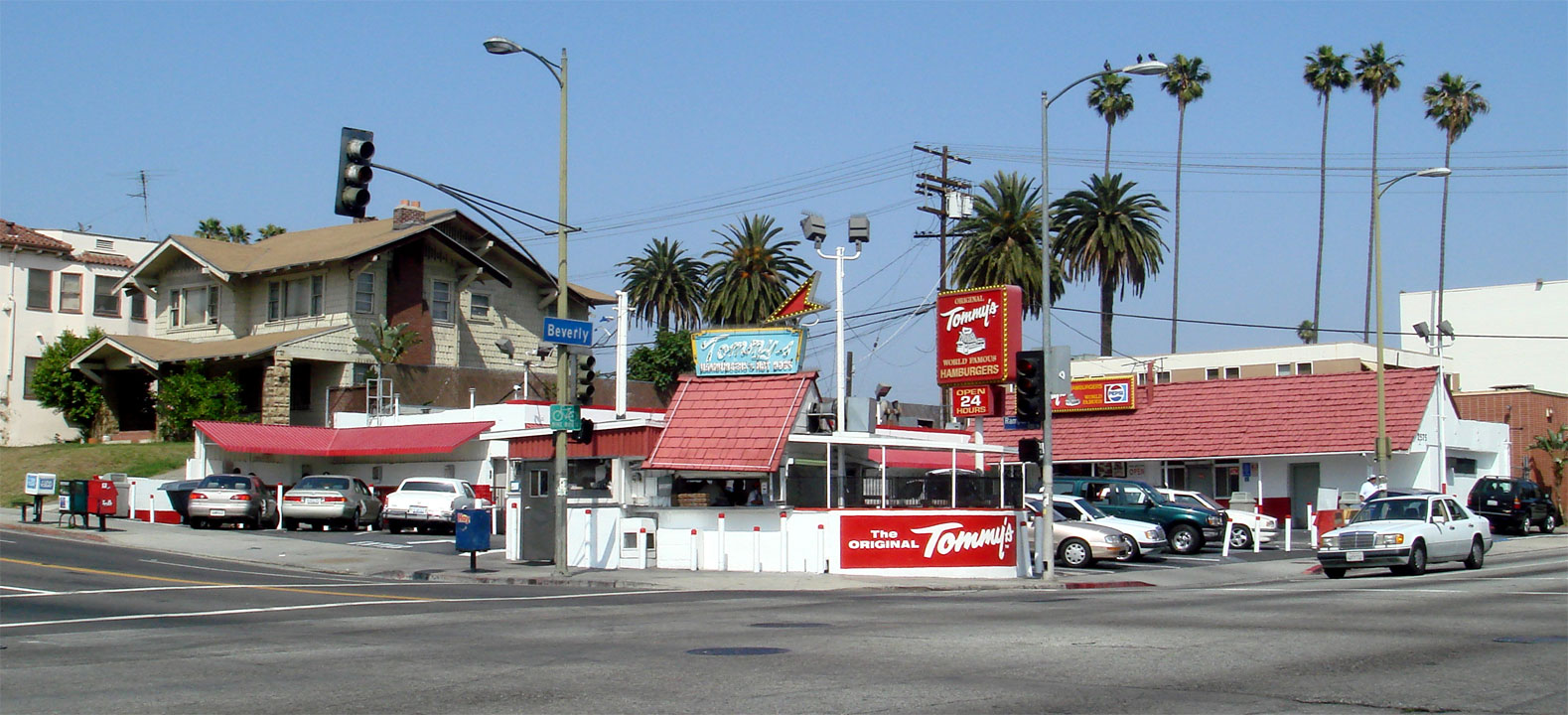
Original Tommy’s
Year founded: 1946
Original location: Los Angeles
Not to be confused with Ptomaine Tommy’s, a diner in downtown Los Angeles famous for its reverse advertising. Tom Koulax’s first stand was close to the Rampart LAPD station, providing 24-hour food for the cops. One of the principal burgers in L.A. culinary history, it still lives in the hearts of exiled Angelenos, or more correctly in their arteries. The chili-fries, meant to be laden with neon-yellow chiles, are particularly unmissable.
Imitation shows the success—a long drive down any given L.A. boulevard will pass by Tomy’s, Tammy’s, Timmy’s and just plain Tom’s. Currently the chain has grown to more than 30 branches, still owned by the family; three stands recently opened in Vegas.
Hot Dog on a Stick
Year founded: 1946
Original location: Santa Monica
Excelling as mall food, the chain started as a beachside lemonade and corn dog stand, and is still distinguished by rainbow-colored mandatory headgear. Founder Dave Barham promoted his product at carnivals; now they’re in more than 30 states. A recent acquisition made HDOAS a corporate sibling with Fatburger and Johnny Rockets.
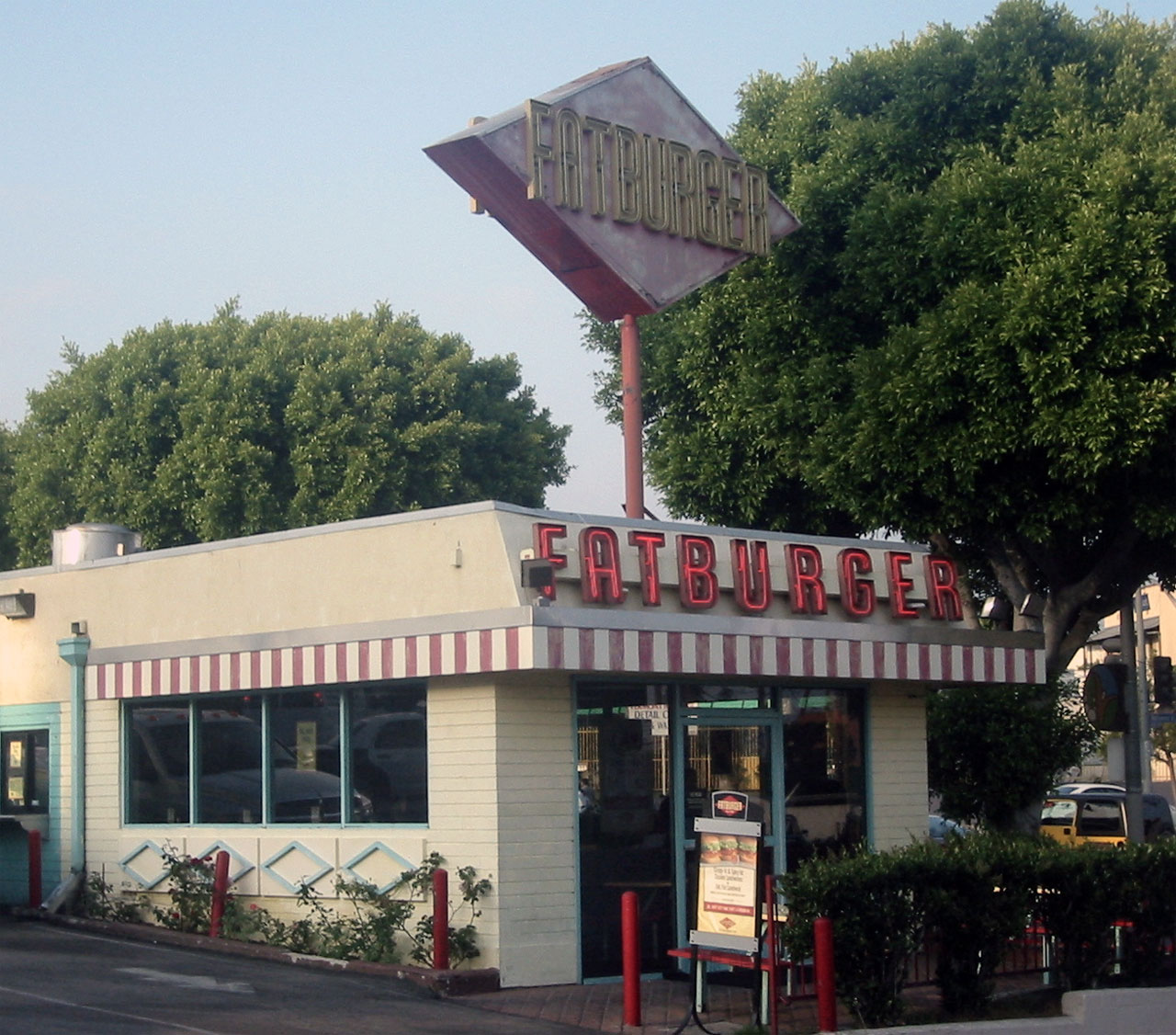
Fatburger
Founded: 1947
Original location: South Central Los Angeles
The Fat in Fatburger means “phat” today; African-American founder Lovie Yancey, born in Bastrop, Texas, named her first stand in segregated L.A. “Mr Fatburger,” in honor of a boyfriend. Its reputation as a FUBU burger stand was fattened, as it were, by Redd Foxx name checking it on Sanford and Son and the Notorious B.I.G. making one of their specials an essence of going back to Cali(fornia). Yancey lived into her 90s and became a philanthropist for the fight against sickle-cell anemia.
The Habit
Founded: 1969
Original location: Santa Barbara
Opened in 1969 as a surfer-friendly restaurant in Santa Barbara, this chain is growing rapidly after its 2020 acquisition by Yum! Brands, which owns a variety of food chains, including KFC, Taco Bell and Pizza Hut. There are currently 30 locations in the USA. A line in Whit Stillman’s film Barcelona claims Europeans despise hamburgers because they never had a good one. That will change when the Habit Burger Grill opens 30 locations in England.
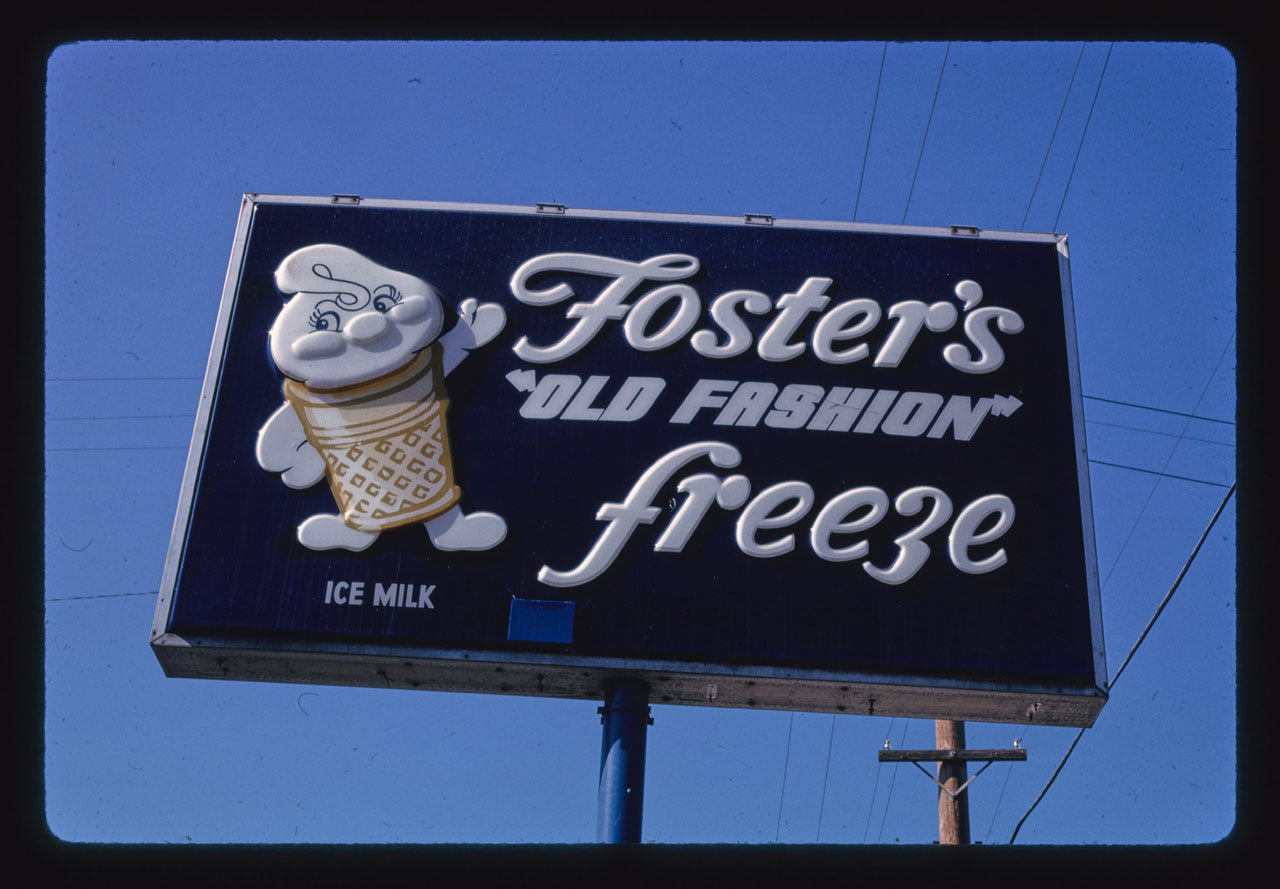
Fosters Freeze
Founded: 1947
Original location: Inglewood
It once was illegal in California to add the word “dairy” to the name of a restaurant. George Foster found this out the hard way after he’d bought the rights to operate Dairy Queens in California. The legally named Fosters Freeze is a venerable franchise, attracting the vintage car crowd (the branch in Pinole has regular rallies). Some of these soft-serve ice cream and burger parlors, such as the Santa Cruz outlet, are becoming historic landmarks.
In-N-Out Burger
Founded: 1948
Original location: Baldwin Park
At one time, the ownership was hedonistically Southern Californian enough to permit references to a certain piece of slang in A Clockwork Orange in their ads: “Get the In-N-Out Urge.” The next generation of ownership was markedly more pious and started putting Bible verses on the french fry bags. Granted, management walks the walk a bit; the company is famous for the highest wages in fast food. Not veering from the original limited menu, it now has 400 locations in eight Western states.
Winchell’s Donuts
Founded: 1948
Original location: Temple City
Still the biggest donut chain in California; Verne Winchell opened the first outlet southeast of Pasadena, and saw it grow to hundreds of branches in the U.S. and overseas. In 2004, it was purchased and merged with the Westside donut operation Yum Yum Donuts.
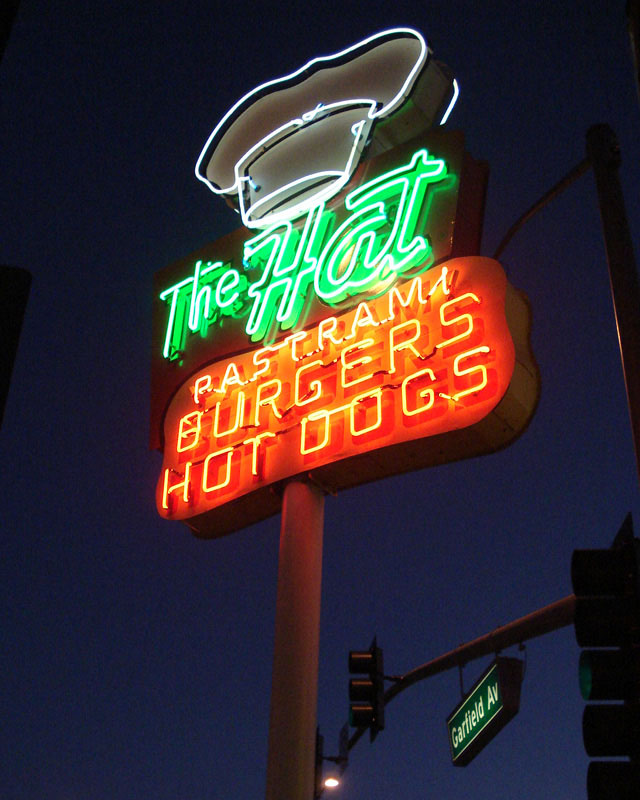
The Hat
Founded: 1951
Original Location: Boyle Heights
Boyle Heights was once the biggest Jewish enclave on the West Coast. The original Canter’s Deli was located there years before it came to its more familiar location on Fairfax. (There are too many Jewish show business legends buried near Boyle Heights to name, but a boss like Louis Mayer and a stooge like Jerome Howard give an idea of the range.) One living memory of the old days is the Hat, with the neon toque advertising the famous pastrami dip sandwiches; it’s now mostly a feature of the San Gabriel Valley.
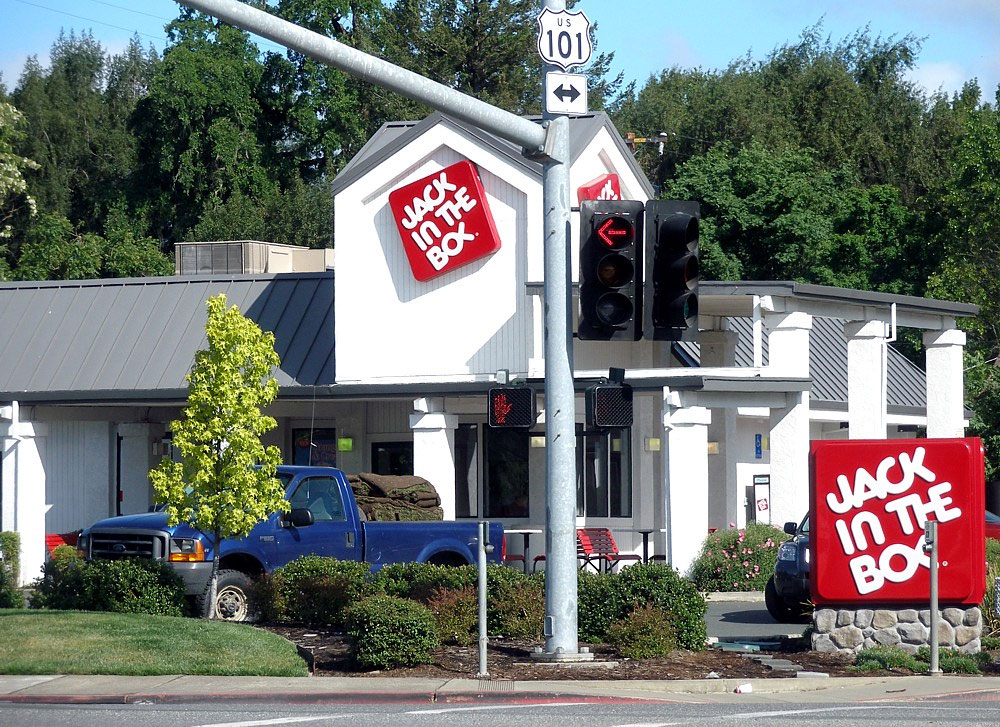
Jack in the Box
Founded: 1951
Original Location: San Diego
Anchorage’s Chatterbox restaurant had a remote drive-through ordering system; San Diego restaurateur Robert O. Peterson purchased the equipment and turned his existing El Cajon stand into a primarily drive-through operation. And Jack in the Box would soon take over the Southwest. The hook for kids was the clown-head over the two way radio that would “talk to you” as it took your order. Aside from the piquant secret sauce on the Bonus Jack and superior milkshakes, it’s the advertising that amazes. Worries that the brand was becoming indistinct ended with an ad campaign where the clown was detonated; those who have seen some of the best TV ads around know about a newly humanoid Jack’s triumphant return as CEO.
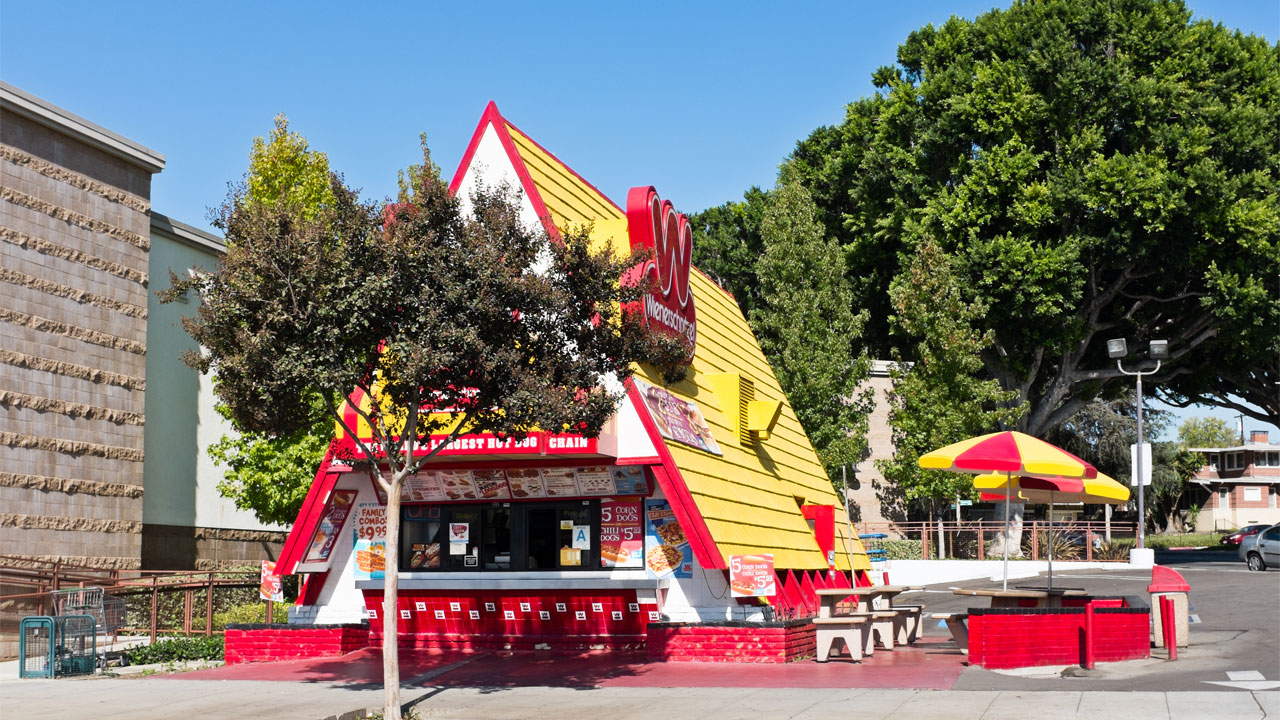
Wienerschnitzel
Founded: 1962
Original location: Wilmington
In the masterpiece movie The Palm Beach Story, a hard-of-hearing elderly hot dog tycoon, Robert Dudley’s Texas Weenie King, shares advice regarding hot dogs: “Lay off ’em, you’ll live longer.” A life without hot dogs would be a long, sad life. The company first called Der Wienerschnitzel, first opened in one of its distinctive A-frames in the rough-as-a-cob harbor town of Wilmington in 1961. Viennese are insulted to find out that actual wiener schnitzel, a pounded breaded cutlet, has never been served there. After a corporate buyout, Tastee-Freez soft serve ice cream now share spaces with the hot dogs. The corn dogs are highly recommended, as is the pretty credible Chicago-style vegetarian dog.
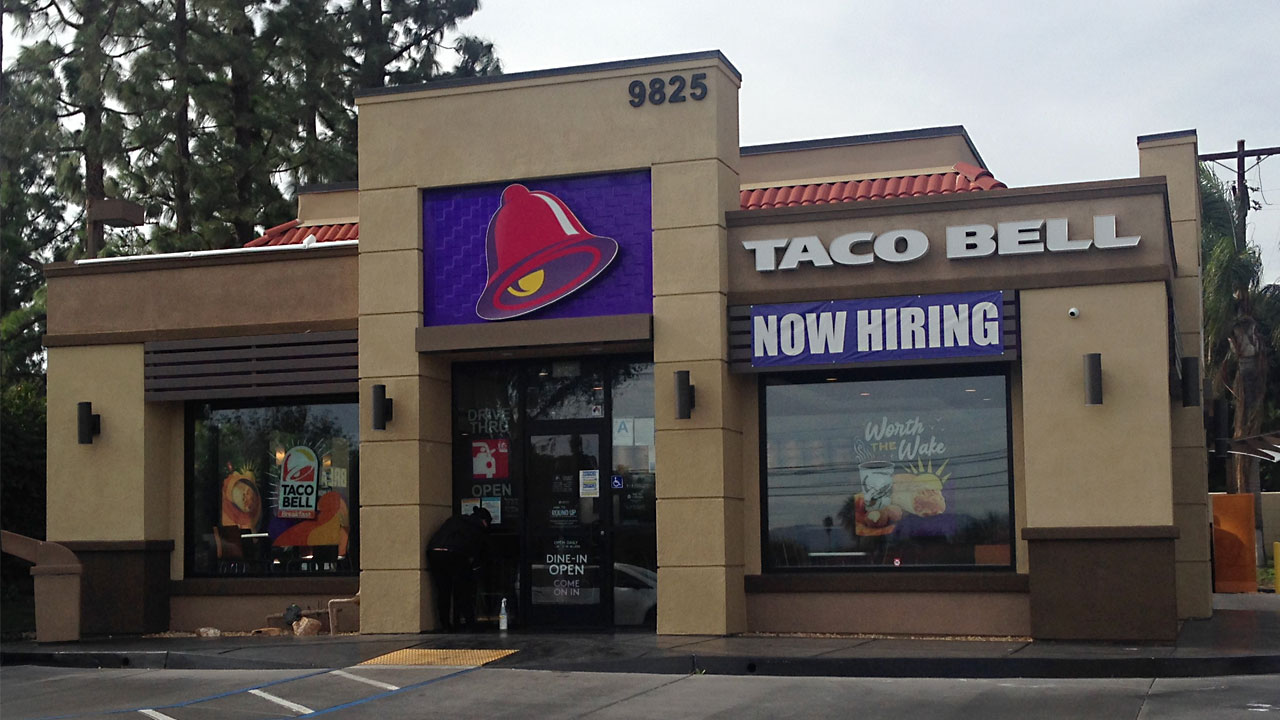
Taco Bell
Founded: 1962
Original location: Downey
Glen Bell was scouting restaurants in San Bernardino (the town was the site of the original McDonald brothers’ hamburger stand) and studied a Mexican place famous for hard-shell tacos. Some 7,000 shops later, the Mexican fast food store with its faux-adobe façade is one of the most popular brands in the world. Pepsi-Cola is its parent company; demographic changes in the growing Latino population in the USA is reflected by the fact that Taco Bell replaced McDonald’s as an NBA sponsor.
Del Taco
Founded:1964
Original location: Yermo (!)
There’s no place on this list that has a more authentic small-town origin—on old Route 66 in the oven-hot Mojave Desert: People who live in Yermo go to Barstow to have a good time. Ed Hackbarth and David Jameson’s original location still stands, though this chain—insanely popular in Orange County—was acquired by Jack in the Box in 2021.
Article exploring songs, books, movies and other works from art and culture which feature our beautiful state.